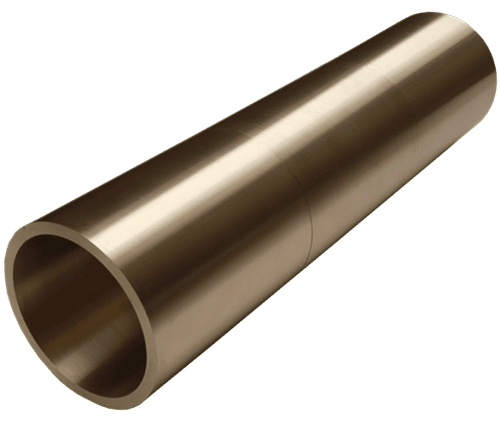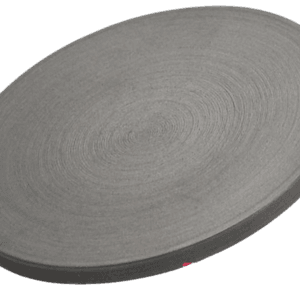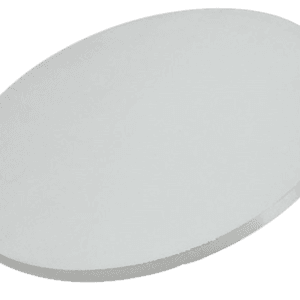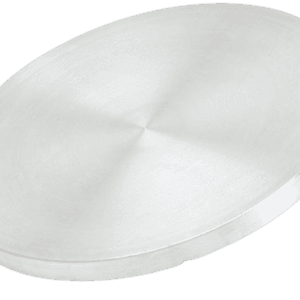Introduction
TFM offers high-quality Copper Cu rotary sputtering targets, ideal for thin-film deposition in a variety of advanced applications, including semiconductors, coatings, and electronics. Copper Cu targets are known for their excellent electrical conductivity, thermal conductivity, and high malleability, making them ideal for producing thin films in applications where high performance and reliability are essential.
The rotary sputtering target design ensures efficient and uniform deposition of Copper Cu films, which are widely used in electrical interconnects, thin-film resistors, and capacitors. Copper Cu films provide low resistance, making them perfect for conductive layers in microelectronics and printed circuit boards (PCBs). Additionally, Copper oxide (CuO) films, created from Copper targets, are used in sensor applications and photovoltaic devices due to their optical properties and corrosion resistance.
Copper Cu films are also extensively used in catalysis for chemical processes, particularly in the production of semiconductors and batteries, where Copper’s conductivity plays a vital role. In solar cell production, Copper films are often used as electrical contacts and back electrodes, providing a cost-effective solution for high-efficiency solar cells.
TFM provides customized Copper Cu rotary sputtering targets, offering precise control over material composition and purity to meet the specific deposition needs of industries like electronics, solar energy, and automotive. These targets deliver consistent and high-quality results in thin-film deposition processes, ensuring superior performance and reliable functionality.
Our Copper Cu rotary sputtering targets are manufactured to the highest standards, ensuring superior material quality and consistent sputtering performance. With low impurity levels, high density, and optimized sputtering characteristics, TFM’s Copper Cu targets are ideal for producing high-performance thin films for next-generation technologies.
Specifications
| Materials | Copper Rotary Sputtering Target |
|---|---|
| Symbol | Cu |
| Purity | 99.9% – 99.9999% |
| Theoretical Density (g/cc) | 8.92 |
| Melting Point (°C) | 1,083 |
| Production Method | Spraying Type / Monolithic Type |
| Backing Tube | Titanium, Stainless Steel |
| Size | As per customer’s drawings |
| Relative Density | >= 96% |
| Grain Sizes | < 100 µm |
| Annual Capacity | 1000 tons |
Applications
- Pure Cu Film Production
- PCB Coating
- Semiconductor Electronics Industry
- TFT-LCD Coating
- Construction / Automotive Glass Industry
- Decorative / Functional Coating Industry





Reviews
There are no reviews yet.